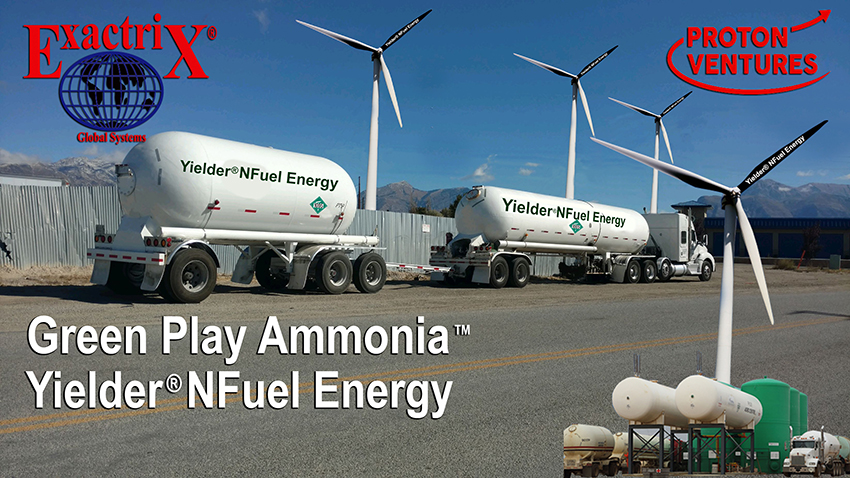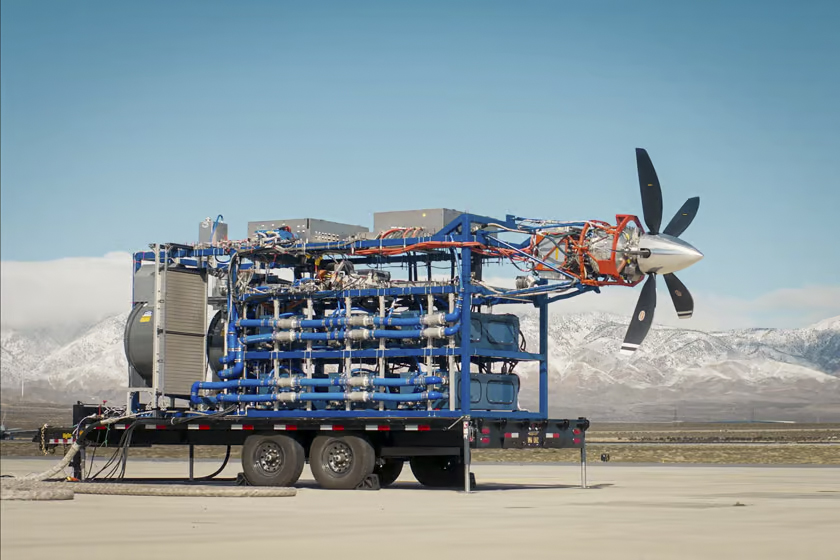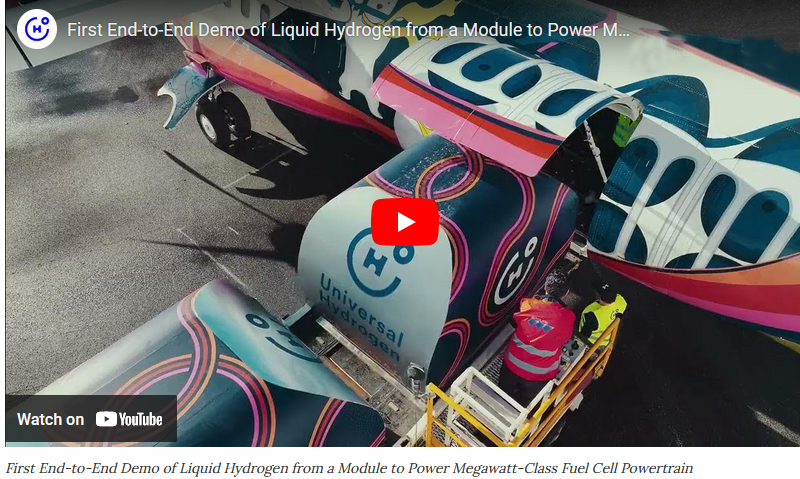|
Return To Main Page
Megawatt-scale liquid H2 airliner powertrain comes to life
Universal Hydrogen is already flying the world's largest hydrogen airliner – and now the company has started testing swappable liquid hydrogen fuel modules that'll radically boost the range of clean passenger aircraft operations slated for 2026. Decarbonizing aviation is challenging; you need to carry a lot of energy in the lightest possible form, and it's very hard to compete with jet fuel on that metric. Batteries are currently abysmal, so the last few years have seen a furious pace of development in the hydrogen space, generally taking hydrogen on board as a compressed gas, then running it through a fuel cell to power electric propellers. Gaseous hydrogen might get your aircraft roughly double the range that a battery can, and that unlocks short-range regional flights with zero emissions. Universal is at the absolute bleeding edge here – last year, the company flew the largest hydrogen fuel cell-powered aircraft ever built, by a country mile. You can see Lightning McClean, a converted Dash-8 airliner, take its first flight in the video below.
Airline operators will need to give up some
paying seats to fly clean like this; the Dash-8 can normally take up
to 56 passengers, and this gaseous-hydrogen retrofit gobbles up 16
seats. But running on gaseous hydrogen lets operators run flights up
to around 460 miles (740 km) in range, and that, says Universal, will
cover around 75% of the routes normally serviced by this class of
plane.
H2Fly says that moving to liquid H2 has basically
doubled the range of the HY4 compared to what it was getting on
compressed gas, so the potential here is clear.
Each liquid H2 fuel module contains a
double-walled, vacuum-insulated vessel with a capacity of around 200
kg (441 lb) of liquid hydrogen. Each also has a built-in heat exchange
system, which accepts hot coolant from the electric propeller motors
and uses it to vaporize the liquid H2, moving it to a gaseous form
that can be run through the fuel cells. There's also various boiloff
venting facilities and leak detection systems for safety, as well as a
"leak-proof quick connect" to plug the thing in once it's on the
plane.
“This is the largest fuel cell powertrain ever to
run on liquid hydrogen,” said president and CTO Mark Cousin, “making
it another in a series of ‘firsts’ for Universal Hydrogen." This landmark achievement represents some truly remarkable progress in one of the toughest and most important decarbonization sectors; liquid hydrogen airliners offer an incredibly promising way to clean up our skies. Universal is shooting for this system to be ready for commercial passenger flights as soon as 2026.
And things might not stop there. As we wrote in
January, the other leading startup in this space, ZeroAvia, is now
working on taking things up another level. Cryo-compressed hydrogen
storage will keep the fuel at close to cryogenic liquid temperatures,
but it'll also add moderate amounts of pressure to the mix. A lot of
factors come into play, says ZeroAvia, but the end result looks like
it could provide a 40% airliner range boost over what liquid H2 can
offer.
Green Play Ammonia™, Yielder® NFuel Energy. |



